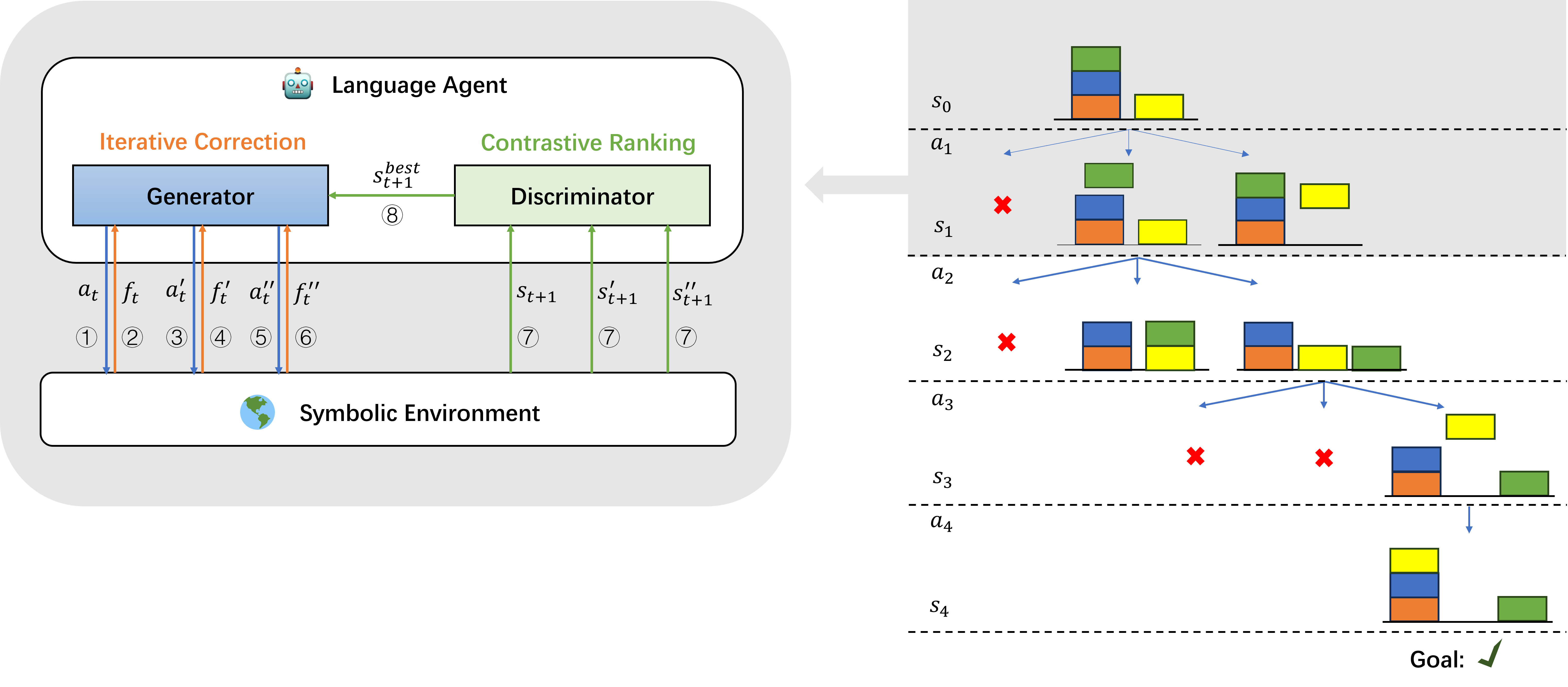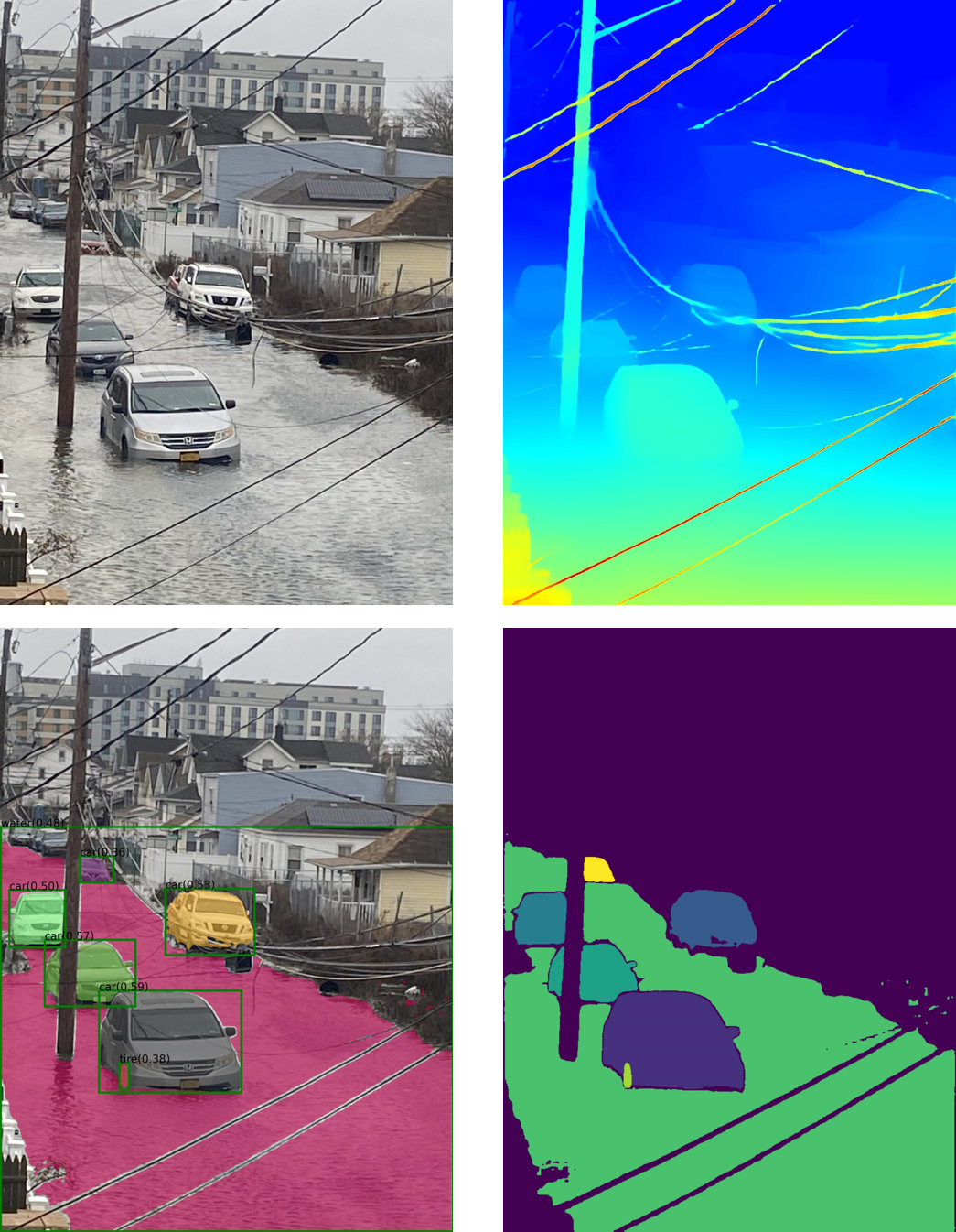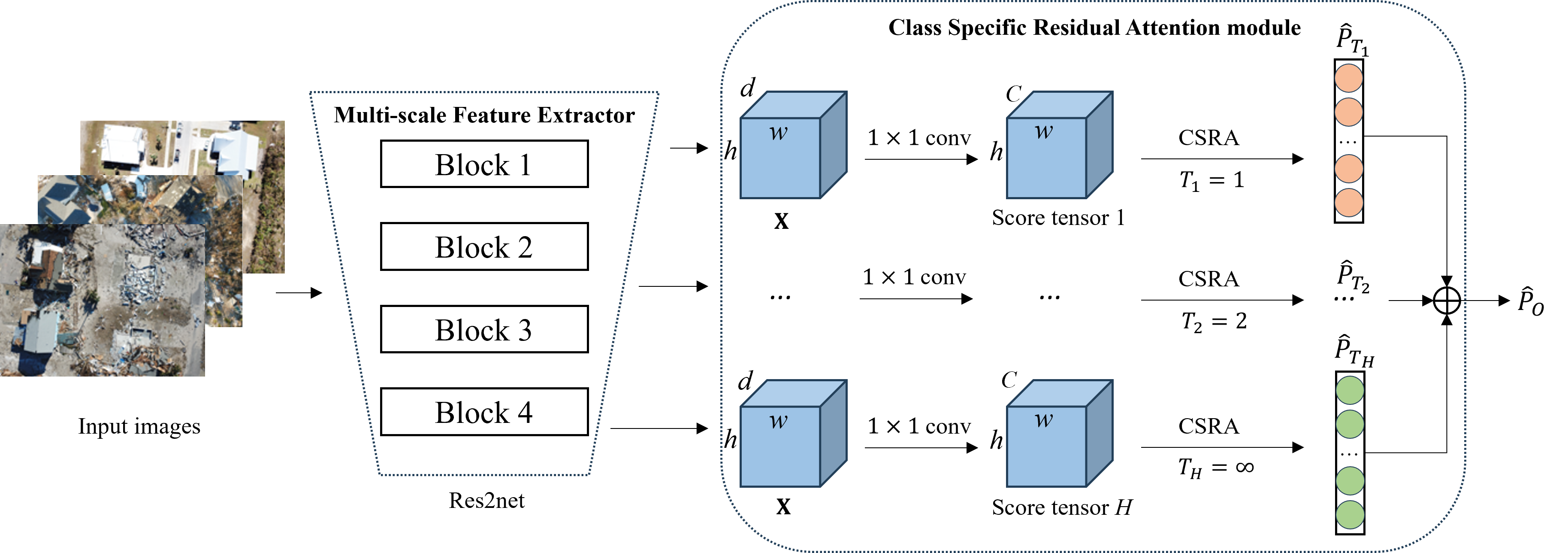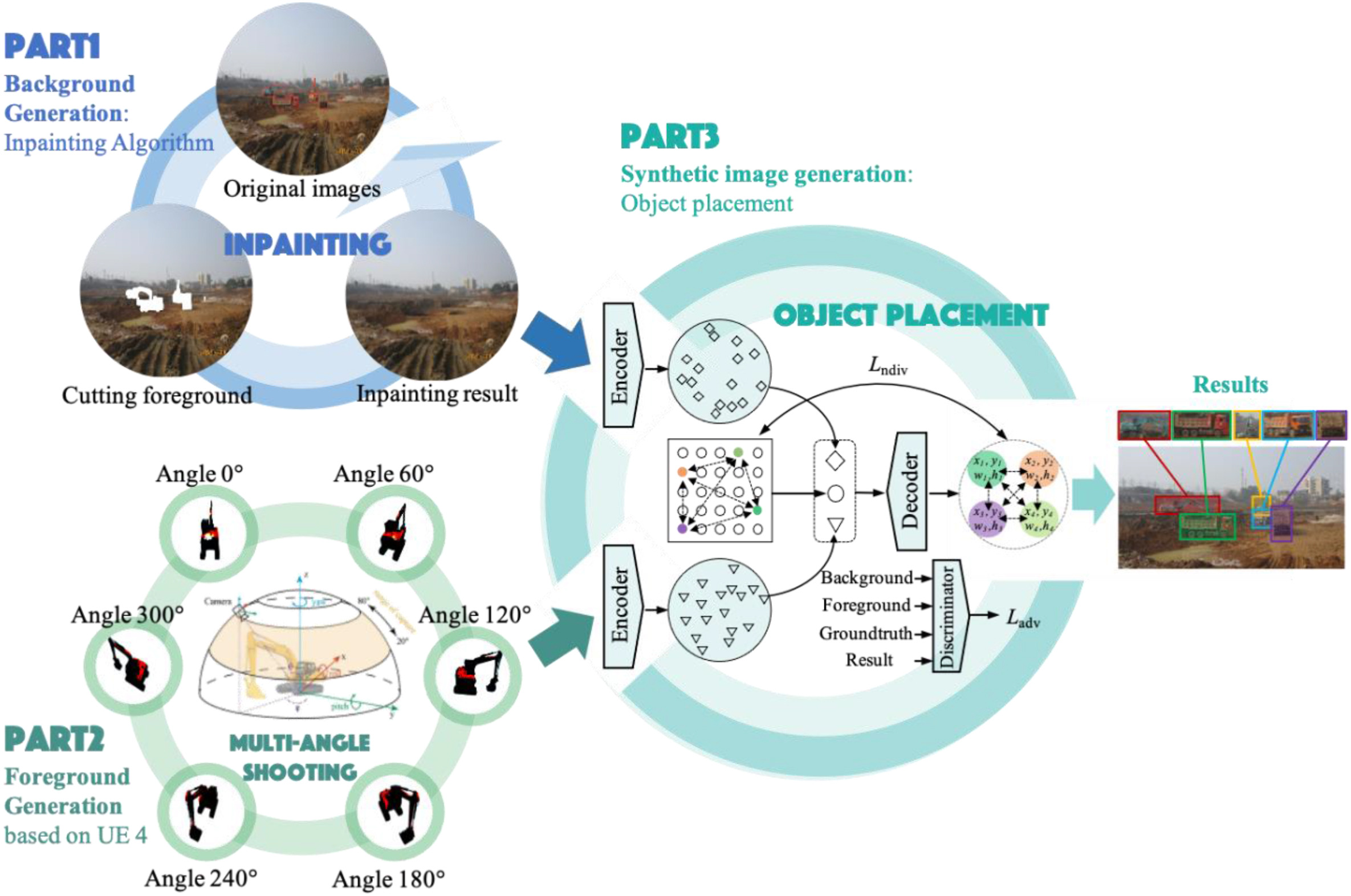👋 Hi, I am Zhangding Liu
I am a Research Assistant and Ph.D. student in Computational Science and Engineering at Georgia Institute of Technology. My research focuses on machine learning, multimodal learning, and large language models, with the goal of advancing AI capabilities in understanding, reasoning, and interacting with complex real-world environments.
I have collaborated with leading researchers and industry partners, including Lawrence Berkeley National Laboratory, Partnership for Innovation, and Emergency Services Departments, implementing AI for multimodal data analysis and disaster-aware resilience in smart city digital twins.
With expertise in machine learning, deep learning, and LLMs, as well as a strong background in engineering applications, I am passionate about leveraging AI to address real-world challenges.
🚀 RESEARCH EXPERIENCE
SymPlanner: Deliberate Planning with Symbolic Representations

- Developed SymPlanner, a framework augmenting LLMs with symbolic world models for multi-step planning. Introduced iterative correction and contrastive ranking to enhance reasoning reliability.
- Built a full pipeline with policy model, symbolic simulator, and discriminator, achieving up to 54% accuracy on PlanBench long-horizon tasks. Outperformed CoT, ToT, and RAP baselines by 2–3×.
FloodVision: Urban Flood Depth Estimation Using Foundation Vision-Language Models and Domain Knowledge Graph

- Developed a spatial reasoning framework for flood depth estimation by integrating GPT-4o with a domain knowledge graph.
- Achieved 8.17 cm error on real-world crowdsourced images, improving over prior methods by 20%.
- Supports real-time deployment for smart city flood monitoring and digital twins.
MCANet: Multi-Label Damage Classification for Rapid Post-Hurricane Damage Assessment with UAV Images

- Proposed MCANet, a Res2Net-based multi-scale framework with class-specific residual attention for post-hurricane damage classification.
- Achieved 92.35% mAP on the RescueNet UAV dataset, outperforming ResNet, ViT, EfficientNet, and other baselines.
- Enables fast, interpretable multi-label assessment of co-occurring damage types to support emergency response and digital twin systems.
Research Assistant, Lawrence Berkeley National Lab
Heat Resilience Mapping and Robotics in HVAC
- Developed a Heat Vulnerability Index (HVI) map for Oakland, integrating data on weather, demographics, health, and green spaces.
- Designed a web-based app in CityBES platform to visualize HVI data, enabling better urban heat resilience planning.
- Explored robotics applications in HVAC systems to enhance quality, safety, and efficiency in installation and maintenance processes.
AI for Epidemiological Modeling (AI.Humanity)
ML-Based SEIR Parameter Calibration
- Proposed a machine learning–guided framework to calibrate disease transmission parameters by integrating urban infrastructure density and human mobility constraints.
- Reduced early-stage COVID-19 case prediction error (RMSE) by 46%, demonstrating the model’s robustness under sparse and noisy data conditions.
Synthetic Data for Smart Construction

UE4 + Transformer for Augmented Datasets
- Developed a context-aware synthetic image generation pipeline for construction machinery detection, integrating Swin Transformer into the PlaceNet framework to improve geometric consistency in object placement.
- Created the S-MOCS synthetic dataset with multi-angle foregrounds and context-aware object placement, achieving more robust detection of small and unusually oriented machinery, and outperforming real-world datasets by 2.1% mAP in object detection tasks.